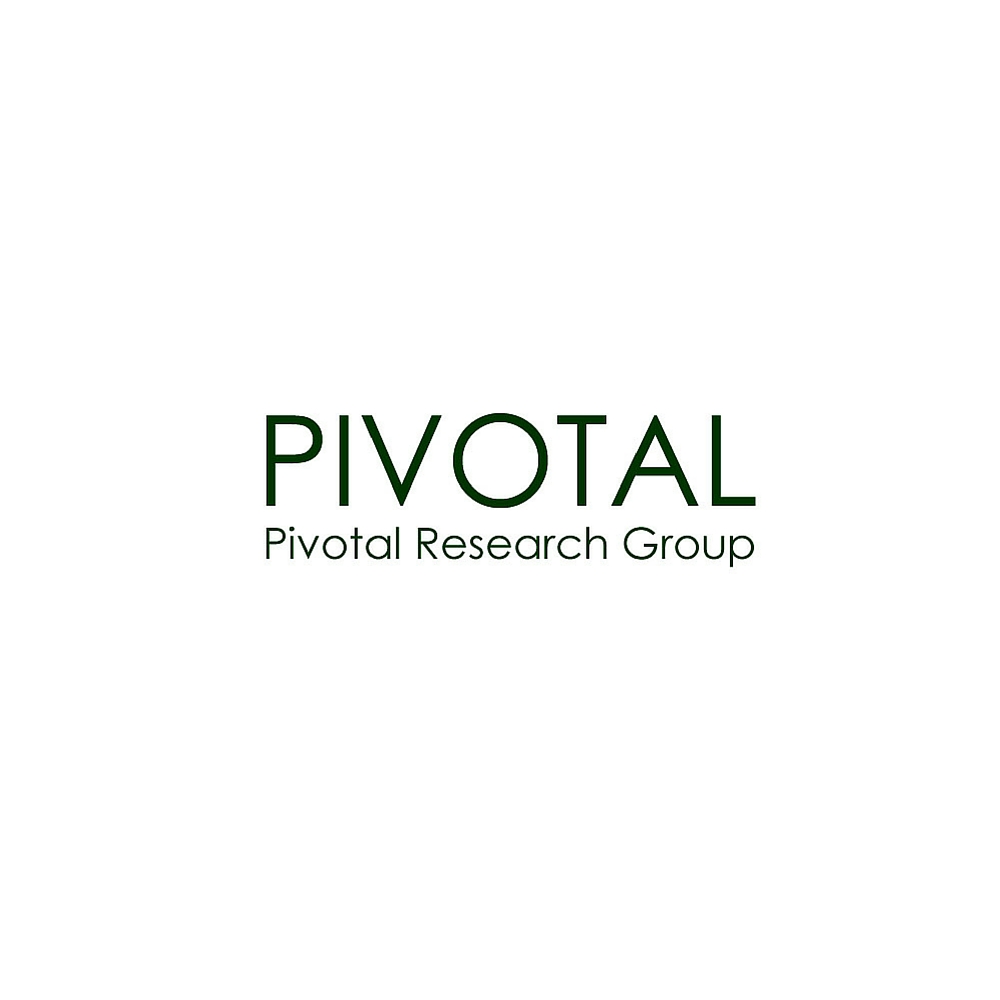Advertising Forecast Update - June 2016 -- Pivotal Research

We have updated our US-based media owner ad revenue forecast. For 2016 we now estimate normalized (ex-incremental political and Olympic) advertising industry growth of +4.5% vs. our +2.8% forecast from December. Despite underlying economic conditions that can be described as mixed, advertising has grown much faster than we might have otherwise expected during the first half of the year. Now that IAB data is in, it appears likely that advertising grew in the +6-7% range during the first quarter. The second quarter is likely growing at a slightly slower pace. From here, we think sustained deceleration should be likely in the second half, producing a growth rate for the industry that would be the fastest seen since 2005.
By contrast, our model, which is driven by growth rates in Industrial Production and Personal Consumption Expenditures suggests that the underlying growth rate in 2016 should be closer to flat. This gap is significant, and indicates that there is some element of non-sustainable spending occurring at the present time. We note that there is some risk that difficult comparables (especially in the fourth quarter) could yet bring growth back down towards the +3% range by the time the year is completed.
Current growth rates are contrasted with ongoing cost containment efforts from many large brands, whose marketing activities typically involve expansive initiatives to drive efficiencies in their advertising spending, often leading to reductions in expenditures for those individual advertisers. Interestingly, our analysis of the largest marketers who provide advertising-related spending data in securities filings shows rising allocations to advertising-related spending as a percentage of revenues. This increase is generally offset by tepid revenue growth rates. Given that trend, a more significant driver of growth in industry-wide advertising spending appears to be the emergence of new brands. This illustrates the creative destruction that we have long noted as the underlying source of long-term growth for the industry. New advertisers include many in the pharmaceutical category, app developers and large technology companies such as Google, Apple and Amazon, who each have new consumer products requiring significant marketing support.
By medium, we note that internet-related advertising remains the fastest growing medium. While there is some double-counting in spending volumes captured by the widely relied-upon IAB data as (some revenues included there could alternately be attributed to other media), the pure-play media owners in the space are clearly pushing fast ahead, led by Facebook and Google. Interestingly, using an IAB-based definition of digital advertising (which implicitly includes some TV-based advertising, such as Hulu and the TV networks' streaming-related revenues), internet advertising should exceed total TV advertising for the first time this quarter. We estimate total internet-related advertising will capture $17.0bn of spending during 2Q16, while TV will capture $16.4bn.
The growth of digital media seems likely to continue without much restraint for the foreseeable future, despite concerns around ad quality (especially viewability), fraud, ad-blocking and agency fee transparency. Newer platforms such as SnapChat and Facebook's Instagram help justify ongoing expansion of advertiser investments into the space. However, TV isn't going away any time soon given its unique capabilities. Nothing else comes close in providing large brands with awareness of brand attributes through the (still) unparalleled potential reach and frequency of its ad units. We continue to expect low single digit growth for that medium over extended time horizons. Forecasts for other media are not meaningfully changed, with radio trending slightly down, outdoor trending slightly up and print continuing to fall rapidly over time.
One other aspect of our forecast that we have refined relates to political advertising, which grows independently of the economy. With around $3bn in spending during 2012 on local television advertising from races for the Presidency, Congress and Governors' offices (and hundreds of millions more with other media owners), the sector was always going to be important to monitor in 2016, especially considering the growing volumes of money raised to support political campaigns with every passing cycle. Overall, Presidential campaign spending has trended substantially higher so far in 2016 vs. the same period in 2012, with less growth for other kinds of political races. While there are many wild cards involved in predicting full year growth rates, we now assume growth of around +21% in local broadcast political spending vs. 2012, or a +40% growth rate vs. 2014 levels. Other media, including digital and radio will also likely benefit more than usual from this year's political activity.
Additional details are contained in our model, included in subsequent pages of this report.
FULL REPORT INCLUDING RISKS AND DISCLOSURES CAN BE FOUND HERE: Ad Forecast 6-16-16.pdf
The opinions and points of view expressed in this commentary are exclusively the views of the author and do not necessarily represent the views of MediaVillage.com / MyersBizNet, Inc. management or associated bloggers.


